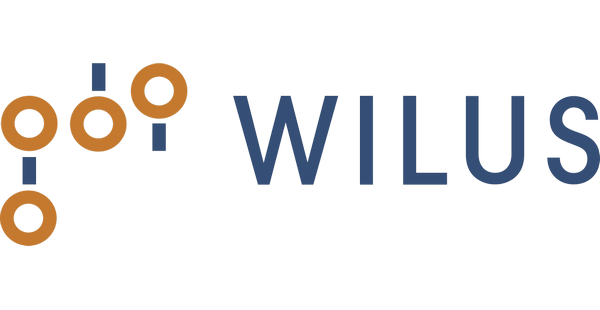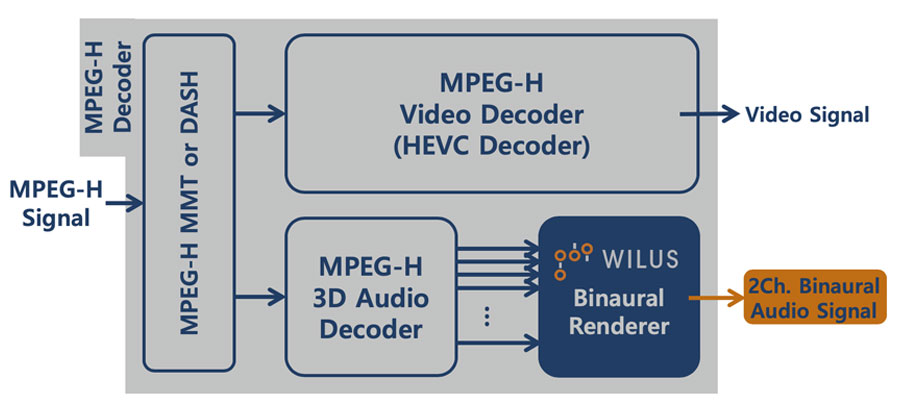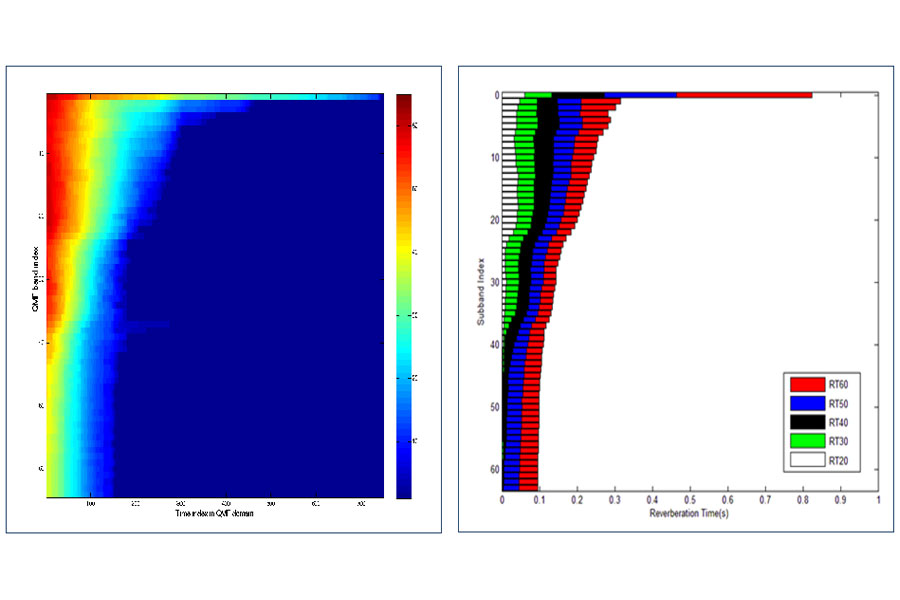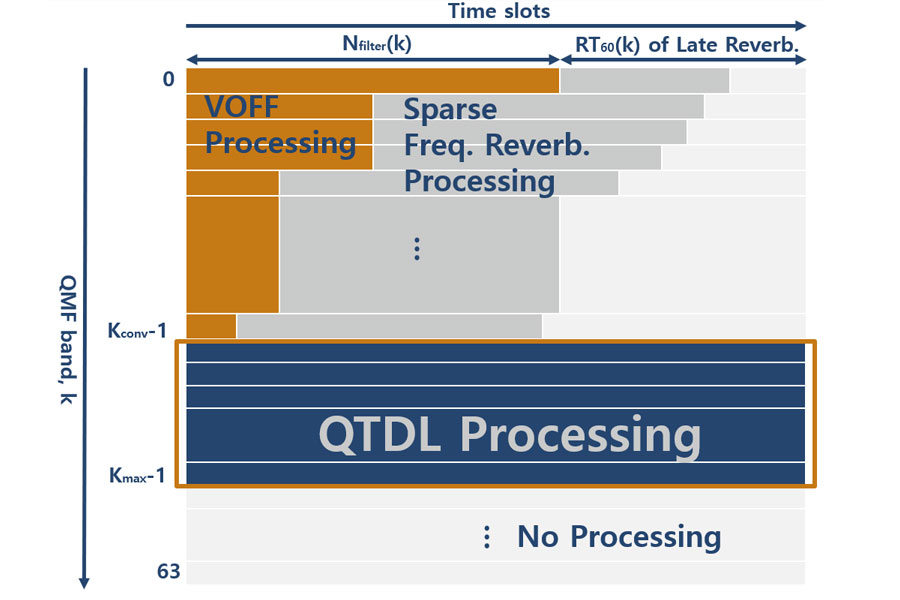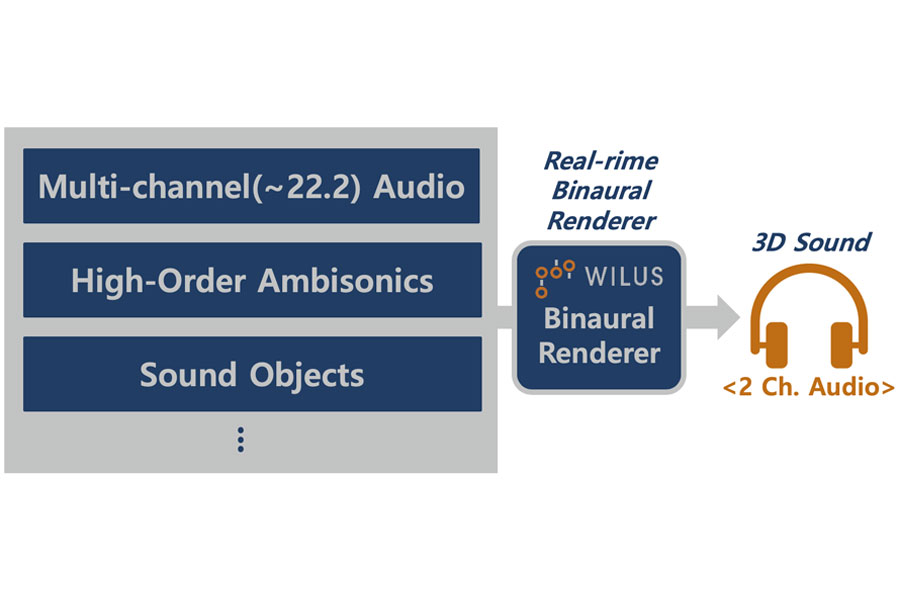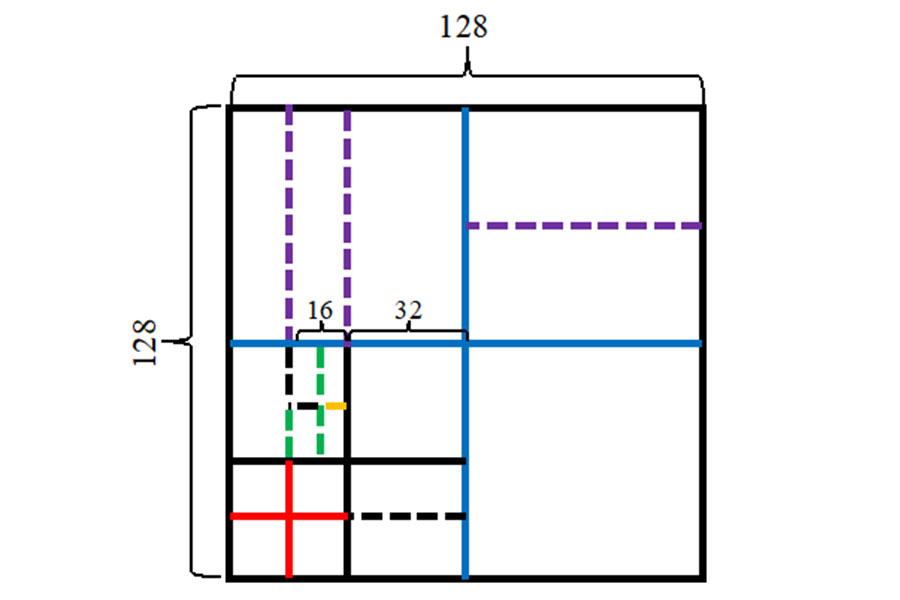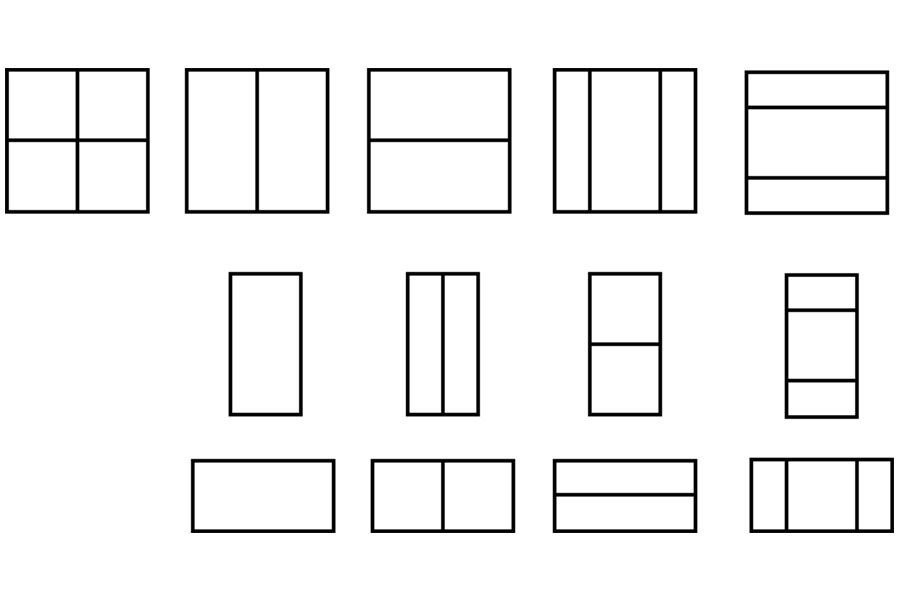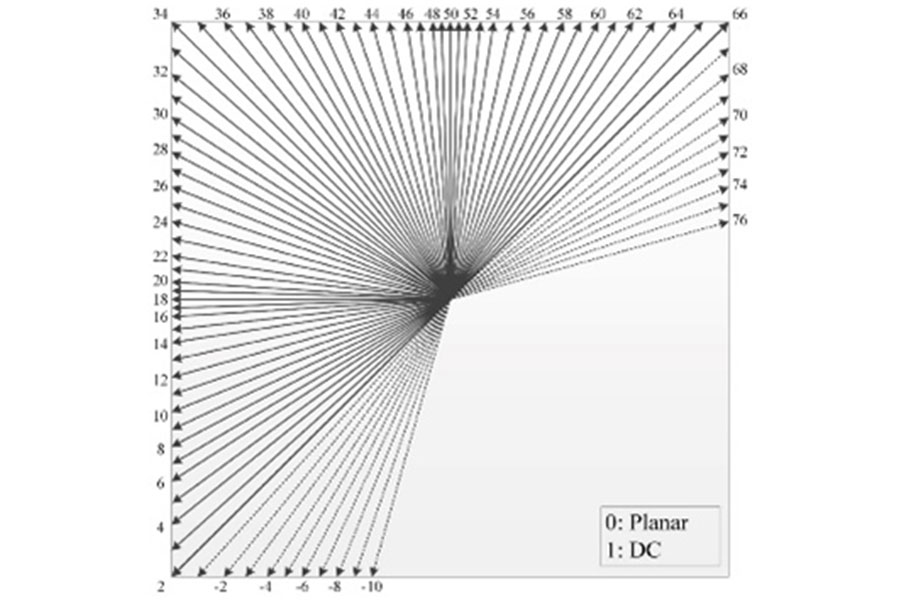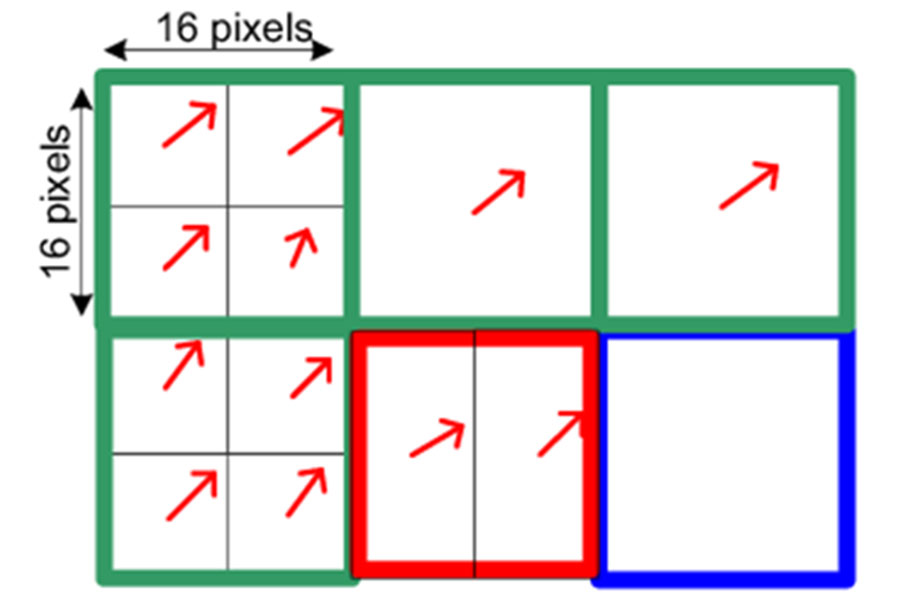The Moving Picture Experts Group (MPEG) is a working group formed by ISO and IEC to set standards for audio and video compression and transmission. MPEG has grown to include members from various industries, universities, and research institutions. The Joint Video Experts Team (JVET)– a collaborative team formed by the ITU-T Study Group 16 Video Coding Experts Group and ISO/IEC JTC1 SC29/WG11 MPEG- has launched a project to develop a new video coding standard to be known as Versatile Video Coding (VVC). The primary objective of VVC is to provide a significant improvement in compression performance over the existing HEVC standard. VVC will aid the deployment of higher-quality video services and emerging applications such as 360° omnidirectional immersive multimedia and high-dynamic-range (HDR) video.
WILUS have actively participated in the standardization of MPEG-H 3D Audio and MPEG-I VVC standardization. WILUS proposed outstanding binaural solutions, which was adopted in the MPEG-H 3D Audio specification as the standard binaural technology. Also, we are actively participating in the VVC codec standardization which is expected to be completed in 2020. The new standard is expected to enable the delivery of UHD services at bit rates of that used to carry HDTV at this time.
